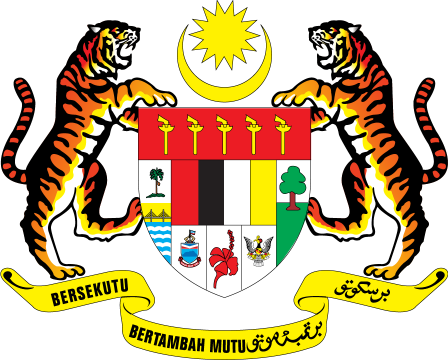Intelligent Vehicle Identity Recognition for Surveillance
Research Domain: Information and Communication Technology
Sub Domain: Artificial Intelligence
Assoc. Prof. Dr. Siti Norul Huda bt Sheikh Abdullah
Associate Professor
Center for Cyber Security
Faculty of Information Science and Technology
Universiti Kebangsaan Malaysia
snhsabdullah@ukm.edu.my
| NO |
NAME |
INSTITUTION |
FACULTY/SCHOOL/ CENTRE/UNIT |
| 1 |
Prof. Dr. Khairuddin Omar |
UKM |
Faculty of Information Science and Technology |
| 2 |
Assoc. Prof. Dr. Md Jan Bin Nordin |
UKM |
Faculty of Information Science and Technology |
| 3 |
Prof. Dr. Chan Chee Seng |
UM |
Faculty of Information Science and Technology |
| 4 |
Assoc. Prof. Ts. Dr. Azizi Bin Abdullah |
UKM |
Faculty of Information Science and Technology |
| 5 |
Assoc. Prof. Dr. Shahnorbanun Sahran |
UKM |
Faculty of Information Science and Technology |
| 6 |
Dr. Afzan Binti Adam |
UKM |
Faculty of Information Science and Technology |
| 7 |
Mr.Shariffpudin Basiron |
|
|
| 8 |
Prof. Dr. Masri Binti Ayob |
UKM |
Faculty of Information Science and Technology |
2 years (4 October 2016 - 3 October 2018)

In Malaysia, vehicle recognition systems (VRS) are rapidly growing due
to SPS immense potential to be commercialized. Furthermore, it can
generate a new revenue market that can benefit the society and
country. VRS systems have been applied in many areas such as to
identify vehicle identities for the law enforcement by authorities and
electronic toll collection by highway agencies. There exist plenty of
VRS applications such as vehicle plate recognition and counting. In
the vehicle plate recognition system there exists a process for
license plate localization. The process is often faced with many
obstacles when dealing, such as with illumination. Next, the vehicle
counting may face the problem of reference lines which are needed to
count the vehicle accurately. One possible solution to the problem is
to use edge vertical projection for plate localization and object
contour for vehicle counting. Though the method is claimed to be
robust to illumination, it tends to create false edges that can hinder
the recognition performance. Besides, the existing methods are
sensitive to noises. Thus, this research aims to study a license plate
localization method that is based on edge analysis. The proposed
localization method consists of four main steps, namely
pre-processing, rectangular blob searching, analysis and the vertical
rectangular blobs projection. The proposed method is then tested on
the European number plate datasets i.e. Baza Slika which contains
about 167 vehicle images and Ondrej which contains about 97 vehicle
images. The experimental results show that the proposed method
outperforms the Ondrej method by obtaining an accuracy of 95% on the
Baza Slika dataset and slightly lower by an accuracy of 91% on the
Ondrej dataset. Then, the proposed method was tested on the Malaysia
vehicle dataset namely Tol Sungai Long dataset which contains about
584 images of different illumination conditions, i.e. 297 images in
the morning, 140 images in the afternoon and 147 images in the night.
The proposed method outperforms other approaches with accuracy of
91.24%, 93.57% and 75.51% in the morning, evening and night
respectively.
-
To implement a low cost vehicle classification based on visual
input from a real time application.
-
To implement intelligent license plate recognition robust to color
variations.
-
To test integration of license plate recognition and vehicle
classification for business and community surveillance purposes.
-
Intellectual Property (IP) :
-
Product/Prototype:
-
Publication:
3 Conference Paper - National
-
License Plate Localization based on Kapur Optimal Multilevel
Threshold (2017) – SCOPUS
-
Contour Based Tracking for Driveway Entrance Counting System
(2019) – SCOPUS
- Advances in Visual Informatics (2017) – Springer
- JomLaunch v6.0 (2018) – Special Awards
-
Symposium on Control System and Signal Processing (2019) –
Special Awards
EzCam 2.0 and 3.0 can support the needs of an intelligent
transportation system at the edge IR4.0 to monitor safe cities. This
is aligned with the 172 Act and Akta Perancangan Bandar dan Desa
(Pindaan) 2017 [A1522 Act] under the Ministry of PlanMalaysia.



